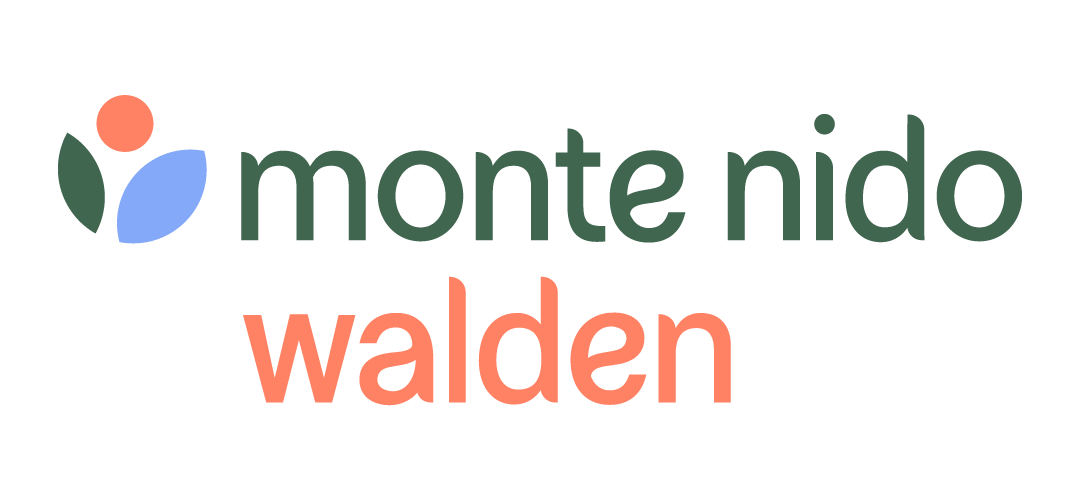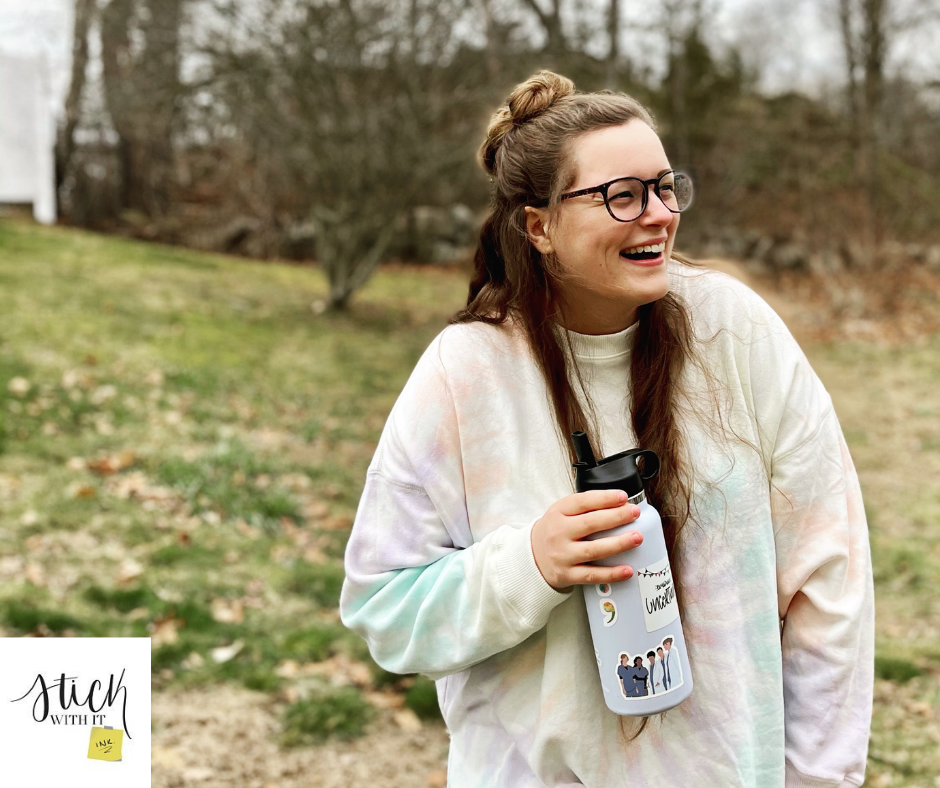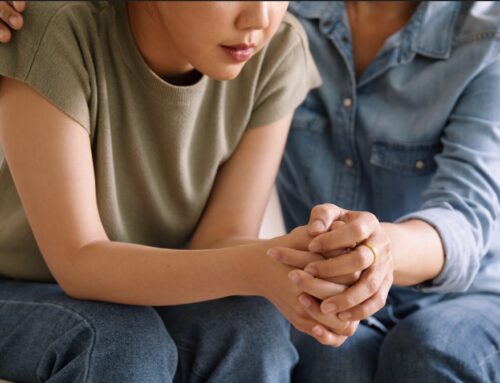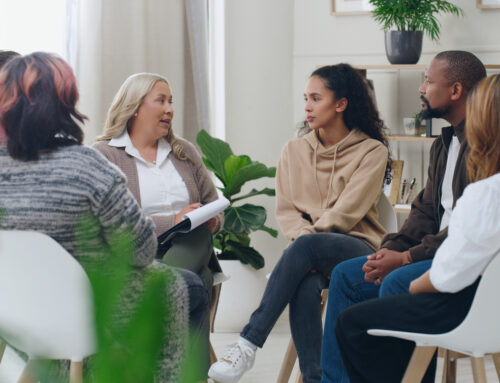If I took away one thing from my time at Walden, it would be that recovery isn’t linear.
I’m sure that everyone who has sat in a Dialectical Behavioral Therapy (DBT) lesson at Walden has seen the side-by-side diagram of “what you think recovery will look like.” It’s a straight line pointing upwards. And “what recovery actually looks like,” and it’s a bunch of squiggly lines pointing in every which way. Let’s just say I’m glad the providers there gave me realistic expectations.
My journey at Walden wasn’t easy, and it also wasn’t brief. After an 8th grade year filled with eating disorder behaviors, I was referred to see a doctor specializing in children and teens with disordered eating. Her suggestion was for me to drink an Ensure (a drink we all know a little too well) midday at school. I then spent my entire 9th grade year dumping those Ensures down the drain. It was at this point I was referred to Walden Behavioral Care.
My eating disorder case wasn’t necessarily ordinary. Although I had a few typical symptoms of Anorexia Nervosa, my main symptom was Emetophobia, or fear of vomiting. To avoid my ultimate fear, I simply didn’t eat. I spent the next eight weeks of my summer in Walden’s Intensive Outpatient Program (IOP), eating family dinners, playing Contact, and learning all about distress tolerance. That summer truly gave me a huge piece of my life back, and for that I am grateful.

But, as I said in the beginning, recovery isn’t linear, and my story isn’t over yet. High school was HARD, and when things feel out of control, an ED can swoop in as a way to try and “gain” back control. By the time my junior year came around, I was deep into the same behaviors and found myself back in Walden’s waiting room. I felt grateful for the familiar faces as it somehow made the experience slightly less scary. I spent the next five months in and out of Walden’s Partial Hospitalization Program (PHP) and then their IOP. They truly were some of the most challenging months of my life. I think back on those times when I would cry over five almonds. Five. At that moment, it truly felt like those almonds would be the end. But, with the support of the clinicians by my side, I did the hard thing and am better for it.
As many of you know, developing valuable coping mechanisms during treatment can be crucial in making it through the days. Calligraphy and art became mine. After each meal, I would gravitate towards my G2 pen and letter some quote about recovery on a sticky note. Maybe I would give it to one of my treatment buddies or hang it in my locker. Calligraphy truly helped me get through the hardest of days.
After graduating high school and going through college, I wanted to find a way to advocate for and give back to the mental health community that had helped me so much. That is how Stick With It ink (SWI) came to be. SWI is where expressive art meets the journey of mental illness. I get to think of the reminders I needed then and now, bring them to life, and send them all over the world to people who need that same reminder. It is humbling to think that my stickers are in lockers and on laptops everywhere. Hopefully, that simple token can give someone the push they need to do the hard thing or make sure they don’t forget that it’s ok not to be ok.
I could not be more excited to be giving back to Walden by partnering with them during Love Your Body month and through Eating Disorder Awareness Week. For every sticker sold during this time, I will send a sticker and letter of hope and encouragement to someone currently in treatment at Walden. I truly hope that each sticker can serve as a reminder, like the sticky note posted in my locker did for me, that recovery is possible.







